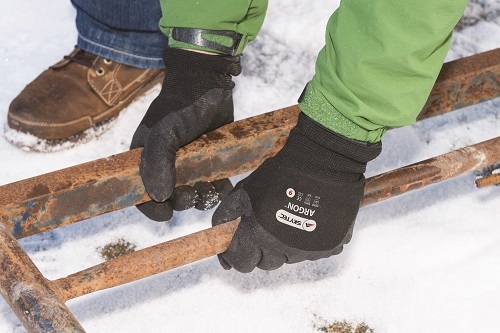Get a grip
Employers need to provide workers with effective hand protection solutions when doing manual handling.
By Gregory Tessier on 01 May 2019

Employers need to provide workers with effective hand protection solutions when doing manual handling.
By Gregory Tessier on 01 May 2019